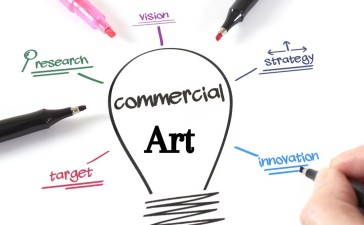Patent licensing is where the owner of an invention protected by a patent or a patent application, licenses (i.e., loans) patent rights to someone else using a legal contract. The owner of the patent rights is called the licensor and the party receiving the patent rights is called the licensee. In return for the patent rights, the licensee generally agrees to pay the licensor compensation in the form of up-front cash payments, ongoing royalty payments, or other compensation such as milestone payments based on the commercial success of products or services sold by the licensee and covered by the patent rights. This article summarises the basic elements of a patent license agreement and discusses how patent licenses are generally obtained.
Patent license agreements can be an excellent way for individuals and companies to obtain money from their inventions, where a protected technology might otherwise remain undeveloped and under used. For example, through a patent license agreement, an individual inventor can grant rights in his or her invention to a large company, where the company has substantially more resources than the inventor and is thus better able to develop, market, and distribute a commercial product or service based on the invention. This applies equally to products requiring a large manufacturing capacity to mass produce, and to the marketing and distribution resources of big corporates in the case of ICT and computer implemented inventions, though there can be challenges in patenting these kinds of inventions (see my article here on the current legal situation regarding software in Australia)
The complexity of patent license agreements can vary widely from brief statements included in other legal documents (such as work contracts) to long and detailed independent legal documents that cover issues such as employment terms and technology development. A patent license agreement generally must identify at least the following:
- The parties (i.e., the individuals or companies who are the licensor and licensee);
- The patent rights (which is usually done by listing the patent or patent application numbers);
- Whether the agreement is exclusive or non-exclusive;
- The jurisdiction(s) involved (i.e., the country, regions or territory where the licensee is allowed to exercise its rights);
- The term of the agreement; and
- The compensation payable to the licensor.
It is a common misconception that only granted patents can be licensed. In fact patent license agreements often cover very early stage inventions protected only by a filed patent application, or sometimes even inventions where patent applications are not yet filed. Further, international treaties exist that enable an initial patent application filed in a first country to be effectively extended–sometimes years later– to a wide range of countries around the world.
It is another common misconception that obtaining and enforcing world-wide patent rights is so expensive that it is achievable only for inventions made by rich and powerful companies. However, because of the treaties mentioned above, an individual or small business can maintain an option to pursue patent rights around the world at a relatively modest expense for a period of years (often up to 30 months). Then, if a patent license agreement with a large company can be negotiated during that time, the agreement effectively makes the inventor’s (licensor’s) patent rights the large company’s (licensee’s) patent rights. The large company can then spend the resources necessary to expand the patent rights internationally, and if required enforce the patent rights against competitors (who are often other large companies). Thus the seemingly modest patent rights of an individual inventor can be effectively leveraged and asserted around the globe by a large multi-national company.
“Invention promotion” firms, which promise for a fee to assist inventors in finding and negotiating patent license deals, commonly advertise on the Internet. However, extreme caution is recommended before signing up with such a firm, as some have been known to swindle inventors out of large up-front fees only to deliver little in return. In our experience the individuals and small companies that are most successful in patent licensing are those who take the time themselves to reach out to promising licensee candidate companies with a well-prepared business proposal.
It is strongly recommended that licensors and licensees do not draft their own patent license agreements. The assistance of a professional such as a patent attorney or commercial lawyer can help ensure that a party achieves the full anticipated benefits of a licensing deal and avoids legal traps.
Ernest Graf, Principal and Head of Physics, Electronics and Telecommunications at Fisher Adams Kelly, is a Fellow of the Institute of Patent and Trade Marks Attorneys and former Licensing Director at the Johns Hopkins University.





